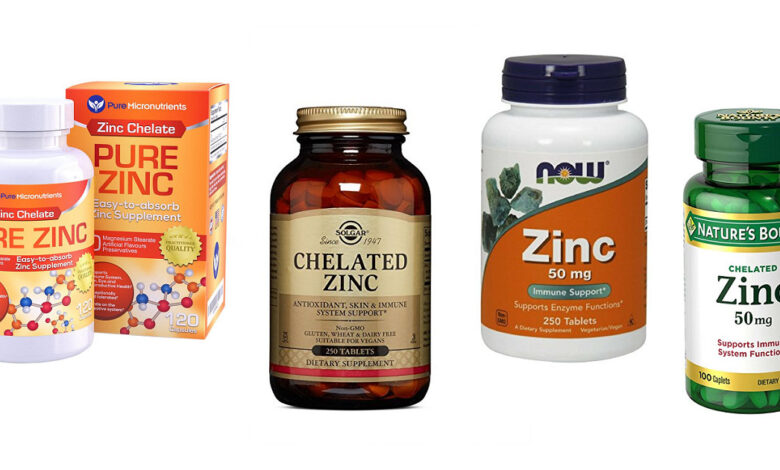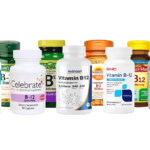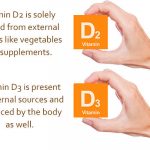How Much Zinc Is Safe To Take Daily

Zinc is a trace mineral, meaning that the body only needs small amounts, and yet it is necessary for almost 100 enzymes to carry out vital chemical reactions. It is a major player in the creation of DNA, growth of cells, building proteins, healing damaged tissue, and supporting a healthy immune system. Because it helps cells to grow and multiply, adequate zinc is required during times of rapid growth, such as childhood, adolescence, and pregnancy. Zinc is also involved with the senses of taste and smell.
Meats, poultry, and seafood are rich in zinc. Some plant foods like legumes and whole grains are also good sources of zinc, but they also contain phytates that can bind to the mineral, lowering its absorption.
- Shellfish: oysters, crab, lobster
- Beef
- Poultry
- Pork
- Legumes
- Nuts, seeds
- Whole grains
- Fortified breakfast cereals
Zinc is available in supplement form as pills and lozenges. Excess zinc can interfere with the absorption of iron and copper. High doses can also cause nausea and even vomiting. Therefore it is important not to take supplemental zinc unless it is known that the diet is low in foods containing zinc or a zinc deficiency is confirmed. A registered dietitian can help to evaluate one’s diet and determine if zinc intake is low.
Signs of Deficiency and Toxicity
A zinc deficiency is rare and is seen most commonly in people who do not absorb zinc well due to digestive disorders such as inflammatory bowel diseases or who have undergone gastrointestinal surgery. Those with chronic liver or kidney disease are also at risk. Excessive or prolonged diarrhea can lead to a zinc deficiency, as well as severe conditions with increased zinc needs like burns and sepsis (an infection caused by harmful bacteria entering the blood). Zinc is more efficiently absorbed when taken in smaller doses and in people who are deficient in the mineral.
Other groups at risk for zinc deficiency:
• Pregnant women. Increased zinc needs for the fetus and during lactation.
• Low amounts of zinc in human breast milk. High amounts of calcium and phosphorus in cow’s milk can lower zinc absorption.
• Vegetarians/vegans. Zinc intake is limited to plant foods like whole grains that have lower bioavailability than from animal foods.
• Decreased absorption and increased loss of zinc through the urine.
Signs of deficiency include:
• Loss of taste or smell
• Poor appetite
• Depressed mood
• Decreased immunity
• Delayed wound healing
• Diarrhea
• Hair loss
Toxicity
Toxicity occurs almost exclusively from zinc supplements rather than food. There have been no reports of eating too much zinc from the diet alone.
Signs of toxicity include:
• Nausea, vomiting
• Poor appetite
• Abdominal pain or cramping
• Headaches
• Diarrhea
Recommended Intakes
Intake recommendations for zinc and other nutrients are provided in the Dietary Reference Intakes (DRIs) developed by the Food and Nutrition Board (FNB) at the Institute of Medicine of the National Academies (formerly National Academy of Sciences). DRI is the general term for a set of reference values used for planning and assessing nutrient intakes of healthy people. These values, which vary by age and gender, include the following:
- Recommended Dietary Allowance (RDA): Average daily level of intake sufficient to meet the nutrient requirements of nearly all (97%–98%) healthy individuals; often used to plan nutritionally adequate diets for individuals.
- Adequate Intake (AI): Intake at this level is assumed to ensure nutritional adequacy; established when evidence is insufficient to develop an RDA.
- Estimated Average Requirement (EAR): Average daily level of intake estimated to meet the requirements of 50% of healthy individuals; usually used to assess the nutrient intakes of groups of people and to plan nutritionally adequate diets for them; can also be used to assess the nutrient intakes of individuals.
- Tolerable Upper Intake Level (UL): Maximum daily intake unlikely to cause adverse health effects.
The current RDAs for zinc are listed in Table below. For infants aged 0 to 6 months, the FNB established an AI for zinc that is equivalent to the mean intake of zinc in healthy, breastfed infants.
| Recommended Dietary Allowances (RDAs) for Zinc | ||||
| Age | Male | Female | Pregnancy | Lactation |
| 0–6 months | 2 mg* | 2 mg* | ||
| 7–12 months | 3 mg | 3 mg | ||
| 1–3 years | 3 mg | 3 mg | ||
| 4–8 years | 5 mg | 5 mg | ||
| 9–13 years | 8 mg | 8 mg | ||
| 14–18 years | 11 mg | 9 mg | 12 mg | 13 mg |
| 19+ years | 11 mg | 8 mg | 11 mg | 12 mg |
* Adequate Intake (AI)





